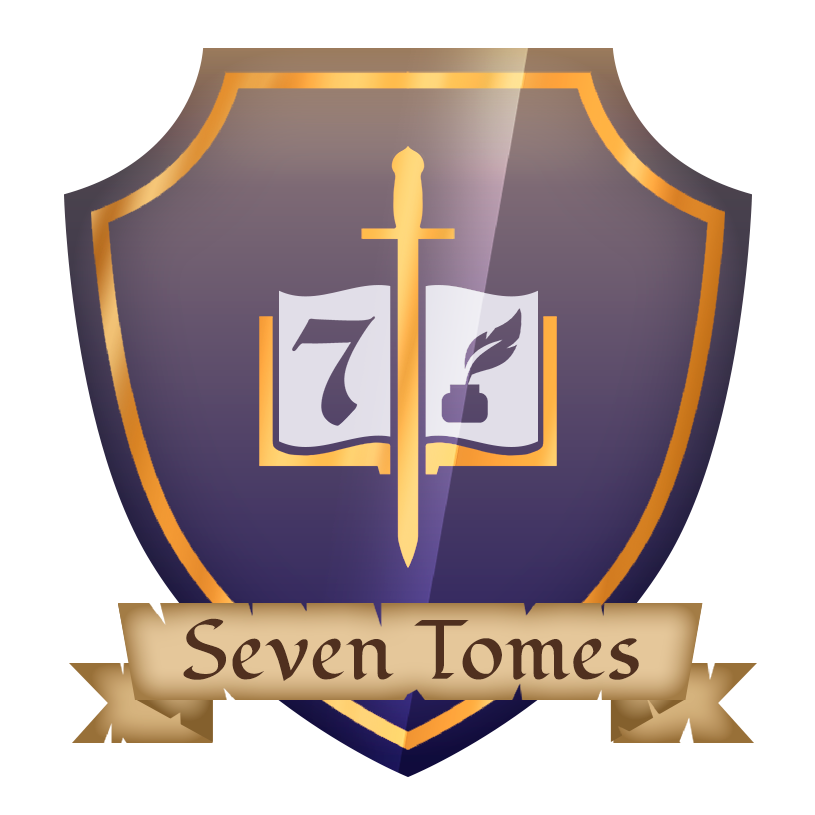Winged Sand Fox
Foxes result from nature needing a feline but having only canids to work with.
Native to, and found almost exclusively on, the desert island of Tilth, these adorable omnivores live everywhere, in the wilds, settlements, and even the capital city, Central Tilth. There, the Metilth Ruling Caste has deemed these harmless, playful, social creatures as vermin via the most recent in a timeless line of Edicts of Principle.
Basic Information
Anatomy
Winged sand foxes are quadrupedal mammals, with long legs, and long tails. On average, an adult will reach 16-20 cm. at its shoulder and 14-20 cm from chest to haunches, with no significant difference in averages between males and females.
Sand foxes have thick, bushy tails that are as long, or slightly longer, than their bodies. These tails are essential to surviving in the harsh desert environment. They will curl up and wrap their tails around themselves, allowing the thick fur to keep them warm in the cold desert nights.
Its head has a long, tapered muzzle filled with an assortment of teeth, similar to people. This aids in their omnivorous diet allowing them to eat seeds, small rodents, insects, berries, and even certain cactus flowers.
This particular small, flying mammal is equipped with wings resembling those of a bat; supple skin webbed between five "ribs" or "fingers" of cartilage. The musculature that controls these wings is excessively over-developed, giving them the ability to fly into and through sandswirls. This, of course, also makes it easy for them to descend into the city despite the vicious updrafts of escaping heat.
Growth Rate & Stages
Sand fox kits are born with small wings. They learn how to hunt on the ground while their wings grow. Insects -- and the vital protein they provide -- are critical for wing development. At about 12 months, the kits' wings are strong enough to begin learning how to glide. This helps strengthen and toughen the membranes for flying in the gritty air. They are fully mature at 2 years, but rarely breed before 5.
Ecology and Habitats
Winged sand foxes are native to the broad desert expanse of Tilth. As omnivores, they can survive eating almost anything, though they have a particular fondness for yeasty baked goods and small rodents. As both of these things can be found in plentiful supply near people, they particularly enjoy flitting in and out of settlements, camps, and even Central Tilth.
The city is, in fact, particularly fun for them. Because of their robust wing structure, they have the strength to fly into and through sandswirls, where they love to hunt bugs, small lizards, and small rodents in the freshly disturbed sands. This strengh makes them the only things that can sweep down through the open dome of the Bubble Wall.
Dietary Needs and Habits
As omnivores, winged sand foxes subsist mostly on a diet of small rodents, small lizards, and hopping insects such as locusts and crickets. When around people, they will seek out easier sources of food such as garbage, unattended plates, and even friendly handouts from strangers as they rely on their small size and hummingbird-quick reflexes to keep them out of trouble.
The winged sand fox relies primarily on its hearing to identify prey hiding under the desert sands or in the thickets of sparse, thorny fauna that dot the desert wastelands of Tilth. Once identified, it will stalk briefly before pouncing, often strait down atop its prey, snapping the prey's spine.
Behaviour
Not only social, winged sand foxes are extremely playful and will seek entertainment everywhere they can. They often engage in games with people and other animals, even if their playmates are unaware of what is going on.
Frequently observed play behaviors include:
- Kipping: short, sharp, happy sounds, reminiscent of chirping barks.
- Tag: when the winged sand fox runs up, boops its playmate with a paw, and runs away expecting to be chased and, if the playmate is lucky, tagged in return. These return tags are usually rewarded with much happy kipping and licks.
- Hide-and-getchoo: when the winged sand fox surprises its playmate with an ambush the playmate was not expecting.
- Hide-and-spin: when a winged sand fox hovers in the air behind a playmate and kips, then flits to the side when the playmate turns around seeking the playful little winged sand fox.
By far, the favorite sport of the winged sand fox is flying through the hot wind currents that rise up out of the opening in Central Tilth's Bubble Wall and descending into the city, dodging the projectiles that are hurled their way in a futile attempt to collect the bounty on their tails. Few are ever harmed in this way.
This "invasive" behavior in paricular -- achieving the impossible despite odds and edicts -- is why the working caste of Central Tilth has adopted the winged sand fox as the symbol of their nacient uprising against the ruling caste and the systemic exploitation of the people, the island, and the continent. They look to it as a symbol of united power. It serves as a reminder that they, too, can rise up against danger and the seemingly impossible. Likewise, they hold it as symbol of hope and joy, despite the bleak circumstances and surroundings in which the people find themselves.
Additional Information
Social Structure
Winged sand foxes are extremely social creatures. Living near cities, they enjoy the company of people, and will often seek them out in an attempt to get bits of tasty food or simply for some playtime, whether a person wants to play or not. They enjoy games such as Tag and Hide-and-Getchoo, and will even fetch and return small objects such as twigs.
In the wild, winged sand foxes prefer to live in a large, unstructured social group of several families known as a hamp. An individual hamp may be as small as two or three families -- six adults with each breeding pair contributing as many as 6 kits each breeding cycle -- to a dozen or more families and several generations!
It is also not unusual for a hamp to adopt one of their larger, more mischievious cousins, the Greater Common Sand Fox.
Domestication
Their overdeveloped need to be social makes them extremely easy to domesticate, and many people in the working caste will keep pairs, trios, or even entire small mehamp, despite them being classified as vermin and their domestic possession a crime punishable with a steep fine and district upkeep near the wall.
Uses, Products & Exploitation
Ploui Jirs, Spu has decreed that they are vermin in the hopes that he can begin collecting their blood for distillation into extremely potent Theeksfur.
Geographic Origin and Distribution
Winged sand foxes can be found across the length and bredth of Tilth, living in the city, in settlements, and in the wild. Some will even barter passage on a ship if they find the crew sociable and of good company.
Average Intelligence
Like most other canids, winged sand foxes are both clever and intelligent. Unlike other canids, they are also considered sentient by all islands associated with the Eastern Union. However, due to the interference of Tilth's ruling caste within the Western Empire, they have yet to be excluded from hunting for purposes of food, medicine, and technomancy.
Perception and Sensory Capabilities
Sand foxes have large eyes equipped with nictitating membranes that are especially resistant to blowing sand. The size of their eyes gives them excellent vision in low light conditions such as night-time and during sandswirls. They also have large, triangular ears that sit atop their head and can swivel independently of each other to focus on sounds. The broad pads of their paws allow them stability in shifting sands, and are also sensitive enough to detect the movement of insects and small mammals burrowing through the sand.
Winged sand foxes have a countershaded color pattern, with a darker color on the back and a lighter shade on the belly. Colors typically range from tawny gold to sandy brown along the back, and creamy on the belly.
















I want one!
Me, too!!! That ikkle facey-wacey and you know he just has the most SKOOSHABLE toe beans.
Haly, the Moonlight Bard
Rhapsody by Moonlight , a daily email worldbuilding newsletter.